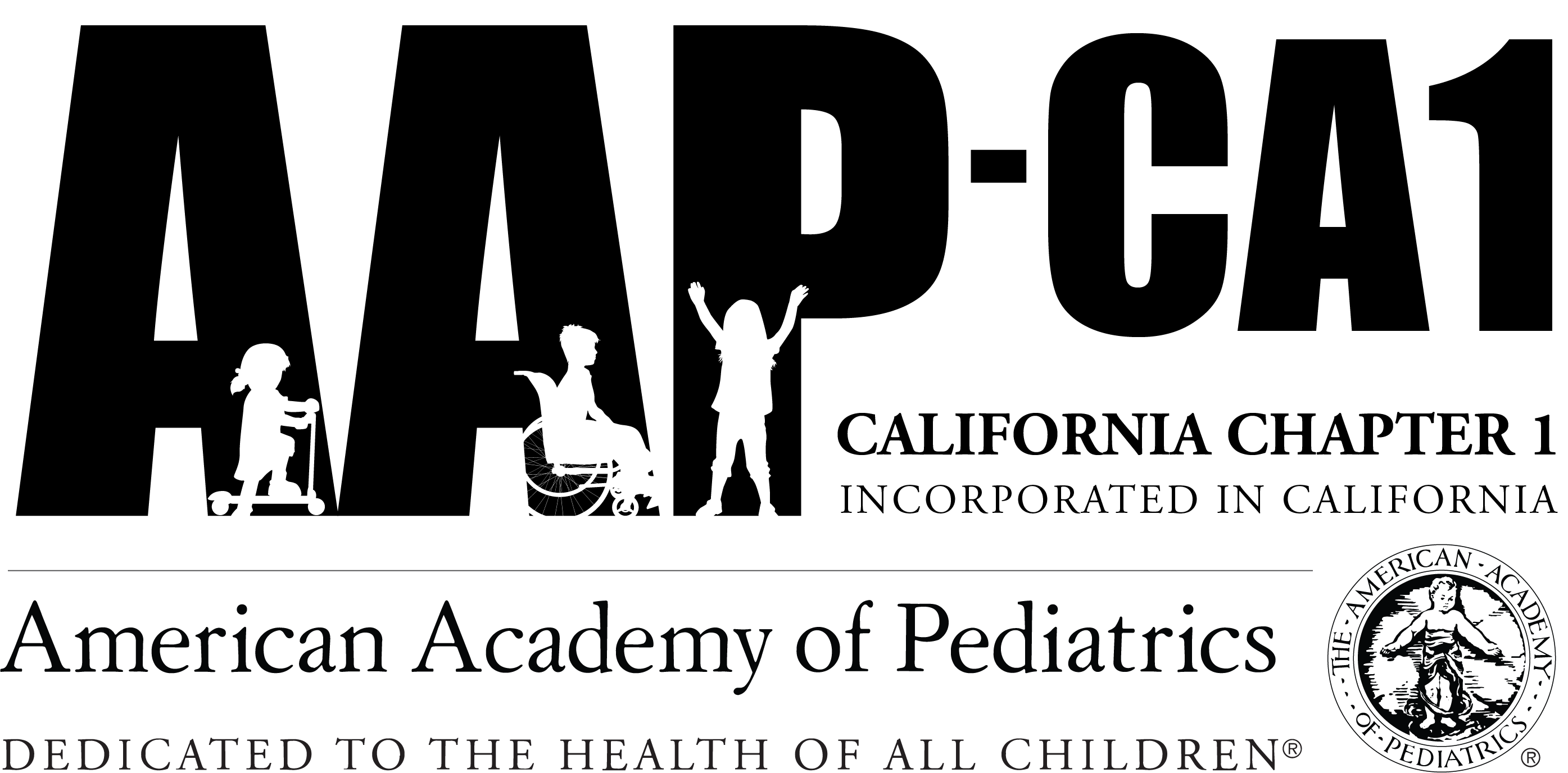What’s Up Docs? Article
Amna Khan, MD FAAP
Posted June 10, 2024

This month’s health equity focus is on food insecurity,
defined as the “lack of adequate and dependable food resources for families to maintain a healthy and active lifestyle”.
The COVID-19 pandemic increased US national rates of food insecurity in children from 1 in 7 households to 1 in 4 households. Food insecurity has long been associated with poor health status, developmental risk, mental health problems and poor educational outcomes in children. With the end of federal and state wide COVID subsidies, such as the child tax credit, complicated by the rising rates of inflation in our state, food insecurity continues to rise.
In Santa Clara County, where I practice outpatient pediatrics, we have an increasing need for food resources as more children reside in households that earn 185-300% of the Federal Poverty Level (FPL). 21% of black children and 24% of Latinx children live in families between 185-300% of the FPL vs 7% of White and 8% of Asian children in our county, making food insecurity also a significant racial health inequity. Many of our families experiencing food insecurity are ineligible for Federal food programs, ie CalFresh, due to immigration status. Simultaneously, national rates of enrollment in WIC (Women, Infant and Children), a federal supplemental nutrition program, have been decreasing despite increasing need for more robust food resources.
The awareness of this background information has provided the impetus for my fellow colleagues and I who lead Pedi POWER, our physician-led, anti-racism department working group, to dive deeper into our community food resource needs and address this issue more comprehensively in our patient population.
Some takeaways from our current investigation include:
–Before asking the question of our patients about their food needs, identify and maximize the proposed interventions for when a patient screens positive for food insecurity
–Standardize screening for food insecurity with all patients during Well Child Checks
-Utilize a Likert scale to capture the most patients with need versus a “yes/no” option
-Create interventions that place the responsibility on the community partner resource to reach out to patients instead of patients being responsible to reach out to resource
-Provide a wraparound system that informs the healthcare provider of whether resources were accessed and obtained by patient, alleviating burnout and moral injury experienced by healthcare provider
Consider how you can champion connecting families to vital food resources in your own scope of work. For additional information about anything described in this health equity corner, please reach out to me at thepeoplespediatrician@gmail.com
For additional child-focused, health equity resources and the link to subscribe to my monthly health equity newsletter, visit www.thepeoplespediatrician.com
In solidarity,
Amna Khan, MD FAAP
EDI Champion, Chapter 1 AAP
Additional resources:
Monroe BS, Rengifo LM, Wingler MR, Auriemma JR, Taxter AJ, Ramirez B, Albertini LW, Montez KG. Assessing and Improving WIC E
nrollment in the Primary Care Setting: A Quality Initiative. Pediatrics. 2023 Aug 1;152(2):e2022057613. doi: 10.1542/peds.2022-057613. PMID: 37439134.
AAP Tool kit
Podcast episode with Dr Kimberly Montez:
